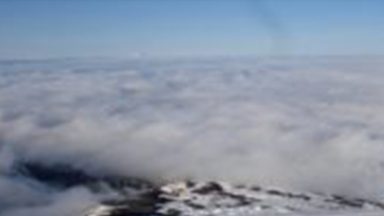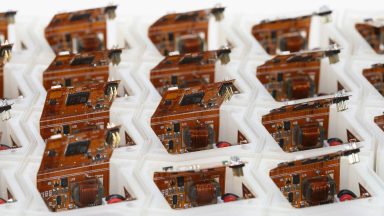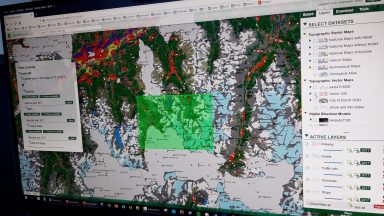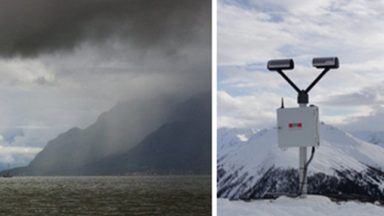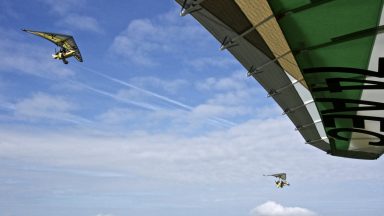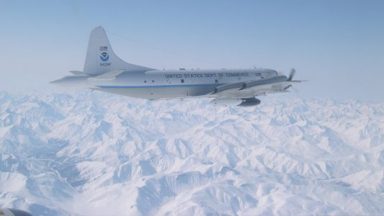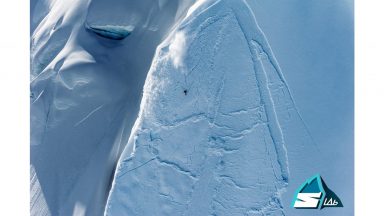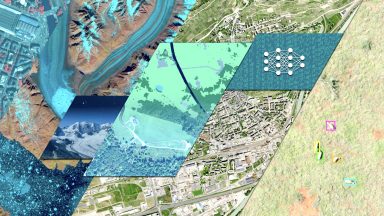Environmental science and engineering is based on our ability to understand complex environmental phenomena that interact across a wide range of scales. In order to better understand these phenomena and their impacts, it is essential to understand and observe our environment in a broad sense. Indeed, its sustainable management requires crossing a very large amount of diverse data on soil, water and atmosphere, which must be integrated into complex decision-making processes.
Modern technologies and state-of-the-art instruments provide researchers with the ability to acquire, transfer and store large amounts of data, as well as powerful algorithms and software for simulating environmental systems. Dynamic sampling and regular updating of the data allow for effective monitoring (surveillance) as well as improved prevention and better risk management.
Several IIE laboratories are developing research in the field of monitoring and environmental modeling. Their main lines of research focus on:
- sensor networks
- environmental remote sensing and atmospheric variables
- environmental genomics
- decision support system
- atmospheric aerosols
Laboratoires :
